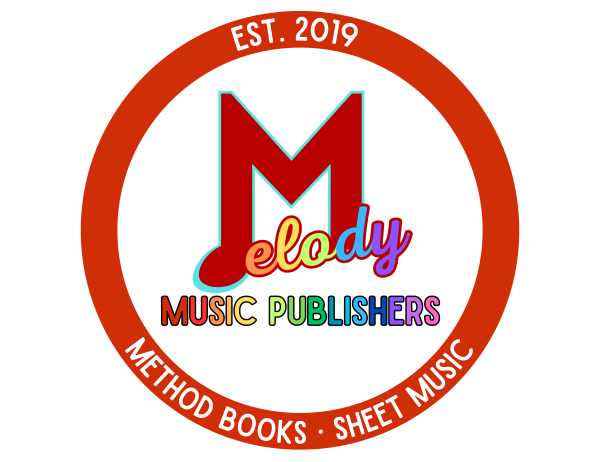Tip #5 – Sight-reading sheet music on the piano or any instrument is technically reading “at sight,” or the ability to read fluently, without counting the notes. Learning to read music can be as complex as learning a new language and takes time and repetition to master. However, in time it will pay off, and soon the student will read music as effortlessly as reading words! Here are steps in the process of sight-reading.
Knowing The Logic of the Written Music
The written music as we know it today began around the 9th century in Italy (which is, by the way, why the terms are in Italian). Imagine the task of writing down the music you hear? It has evolved over the centuries and looks different today than their original writings, but the “logic” of the notes are still the same, ascending and descending on the staff. Unfortunately, today’s students are taught mainly by acronyms like “Every Good Boy Does Fine.” This way of teaching the notes is ineffective for sight-reading sheet music in two ways: 1) it doesn’t show the staff’s logic, and 2) counting to identify the note is too slow to read fluently. If you teach your student the logic of the notes ascending/descending right from the beginning, they will remember them better.
A Small Number of Notes At a Time
Learning to read music can be overwhelming for a student, so it’s best to start with a small set of notes in order on the staff at a time. Repeatedly reading songs with the same set of notes will instill a visual memory of each note to create fluency. Our series “Drill & Excel On the Piano” takes five notes per chapter, with 20 songs using just those sets of notes. By the end of the chapter, the student can sight-read these notes with ease!
Rhythm in Sight-Reading
For many students, the rhythm is often the weakest part. However, if the rhythm is taught early on in the student’s training, they will play correctly automatically. I use rhythm drills at the start of lessons with a beginner, playing the rhythm without notation on one note while counting out loud. Repeatedly playing the rhythm creates fluency. For challenging rhythm in a song, you can have the student play the rhythm on a single note. Melody Music Publishers sells “Rhythm Workbook 1” and “Rhythm Workbook 2” for beginners to late intermediate. By the end of each book, a student can read the rhythm fluently!
Don’t Look At Your Hands
I’ve seen students look back and forth between the sheet music and their hands while playing. This way of playing creates two problems: 1) it stops the flow of reading, and 2) it hinders the student from remembering where the keys are and feeling the notes’ distance. On the other hand, when the student keeps their eyes on the music, it creates a smooth reading and a feel for the keys.
Read Ahead
Another essential point to sight-reading is reading one beat to one measure ahead. As a “trick” question, I ask my students if they should “think” about the note they’re playing. If they say yes, I’ll say, nope, too late. You have to know the note before playing it, so reading ahead of your playing will ensure playing correctly and fluently.
Interval Reading
Since music is a set of intervals, the distance from one note or set of notes to the next, identifying intervals by sight is another way to sight-read. This way of reading is called “interval reading.” The “Drill & Excel On the Piano” series has interval worksheets for the student to write the intervals without counting to know them at sight.
Sight-Read Takes Drills and Repetition
Just like learning a new language, reading music fluently takes time and repetition. Many methods claim a student can read fluently in a short amount of time. That is not realistic. Letting the student know it will take time to be fluent will help them not to be frustrated. However, let them know that once they’re reading fluently, they can play a new song with ease, and reading music is no longer a chore but FUN!
These books are an excellent curriculum for home-schoolers too!
I hope this helps you be the best teacher ever!

Kathi Kerr founded Melody Music Studios in 1989, a nationwide music instruction studio. In 2017, she founded an independent publishing company called Melody Music Publishers for piano and singing method books. The learning model is small steps using drills and repetition, how students think and learn.

